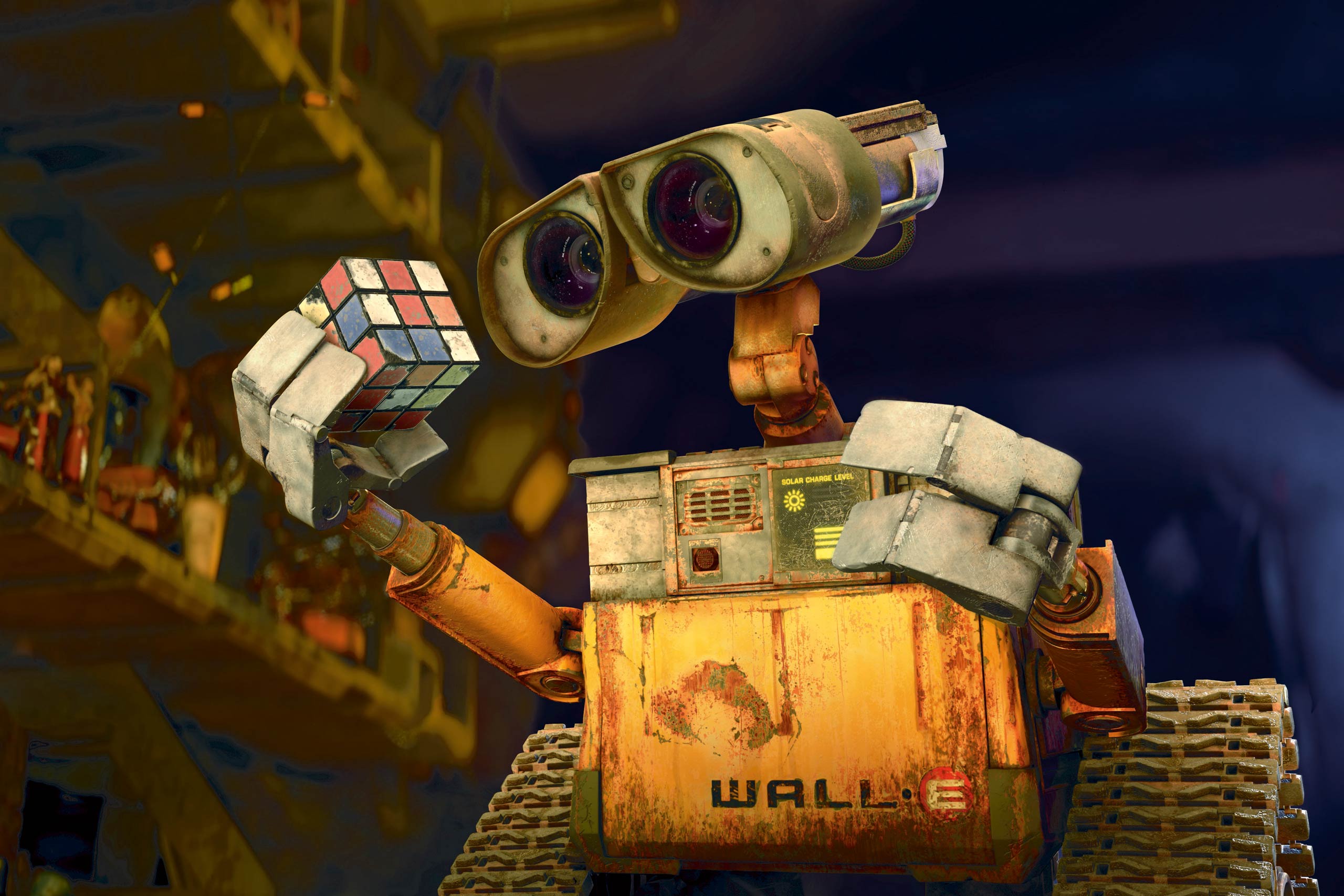

- #MOVIES ABOUT ARTIFICIAL INTELLIGENCE IN THE NEXT FEW YEARS DRIVER#
- #MOVIES ABOUT ARTIFICIAL INTELLIGENCE IN THE NEXT FEW YEARS FULL#
The use of AI in culture raises interesting ethical reflections.

#MOVIES ABOUT ARTIFICIAL INTELLIGENCE IN THE NEXT FEW YEARS DRIVER#
This time, it is not a human driver who is going to take the decision, but the car’s algorithm.
#MOVIES ABOUT ARTIFICIAL INTELLIGENCE IN THE NEXT FEW YEARS FULL#
Imagine an autonomous car with broken brakes going at full speed towards a grand-mother and a child. When a driver chooses to slam on the brakes to avoid hitting a jaywalker, they are making the moral decision to shift risk from the pedestrian to the people in the car. Moral decisions are made by everyone daily. The autonomous car must also undertake a considerable amount of training in order to understand the data it is collecting and to be able to make the right decision in any imaginable traffic situation. These are then processed by the vehicle’s autonomous driving computer system. For the vehicle to move safely and to understand its driving environment, an enormous amount of data needs to be captured by myriad different sensors across the car at all time. To learn more about the ethics of artificial intelligence : Preliminary study on the Ethics of Artificial Intelligence (COMEST)Īn autonomous car is a vehicle that is capable of sensing its environment and moving with little or no human involvement.Artificial Intelligence is everyone’s business! That is why UNESCO has embarked for the first time to develop a legal, global document on the ethics of AI.Įveryone and every part of the world should be part of this debate. To not replicate stereotypical representations of women in the digital realm, UNESCO wants to address gender bias in AI. Gender bias should be avoided or at the least minimized in the development of algorithms, in the large data sets used for their learning, and in AI use for decision-making. How can we ensure more equalised and accurate results? Can we report biased search results? What would or should be the accurate representation of women in search results? Thus, a search engine can become an echo chamber that upholds biases of the real world and further entrenches these prejudices and stereotypes online. Search-engine technology is not neutral as it processes big data and prioritises results with the most clicks relying both on user preferences and location. These are examples of gender bias in artificial intelligence, originating from stereotypical representations deeply rooted in our societies.ĪI-systems deliver biased results. No men in sexualised costumes or very few. Surprisingly, if you type “school boy”, results will mostly show ordinary young school boys. How many women do you count?Īn image search for “school girl” will most probably reveal a page filled with women and girls in all sorts of sexualised costumes. Type “greatest leaders of all time” in your favourite search engine and you will probably see a list of the world’s prominent male personalities. UNESCO Atlas of the World's Languages in Danger.MGIEP - Mahatma Gandhi Institute of Education for Peace and Sustainable Development.IESALC - International Institute for Higher Education in Latin America and the Caribbean.




 0 kommentar(er)
0 kommentar(er)
